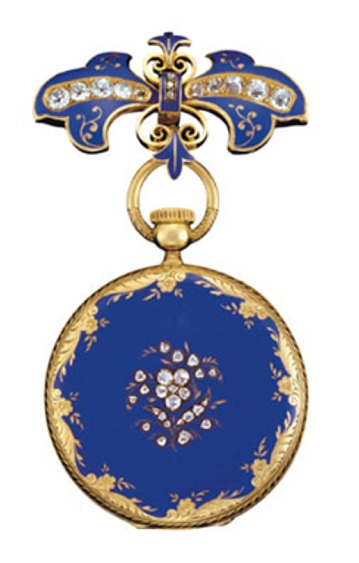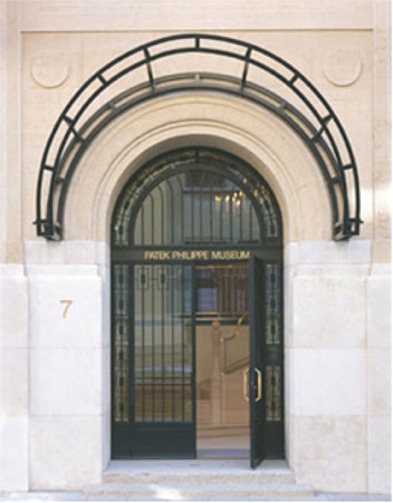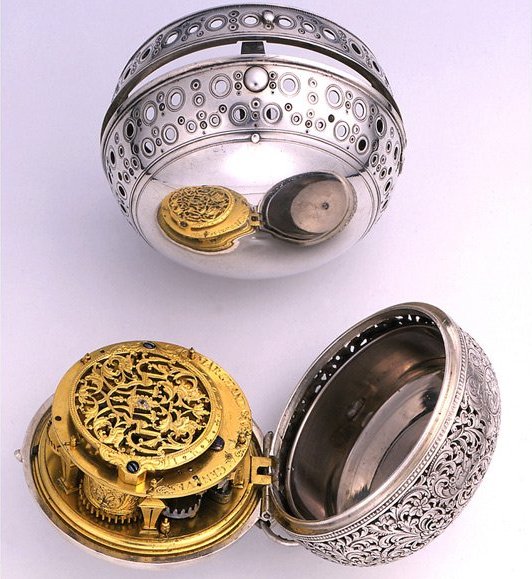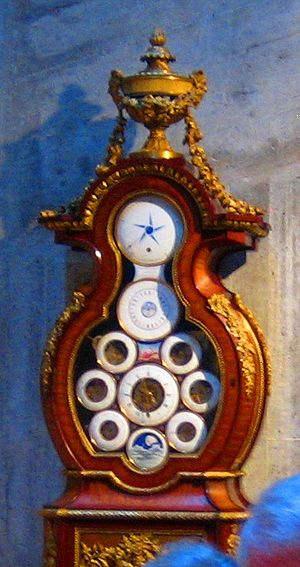Watch lovers who travel to Switzerland need to know that in addition to great chocolate and exquisite timepieces, the country offers one of the richest histories in watchmaking — and boasts some enviable museums. Planning a trip over this summer? Don’t miss out on these four great museums — but keep in mind, there are many more than these, as this is the cradle of mechanical watchmaking.

The pieces in the Patek Philippe Museum include other brands, as well, to offer a complete insight into timekeepers over the centuries.
Top on the list is the Geneva-based Patek Philippe Museum. Prepare yourself, thought, a visit here will take at least half a day or longer as it is rich with everything from automatons to repeaters, tourbillons and so much more. You can read a detailed article about the museum here, but suffice it to know that the horological halls of this museum are chocked with thousands of watches — not just Patek Philippe timepieces — as well as tools, benches, snuff boxes, music boxes and more. Even the building is historic.
Next on the list is the Zurich-based Beyer Clock and Watch Museum, which showcases pieces from all over the world and dating back to clepsydras (water clocks), oil clocks, hour glasses, sundials, long case clocks and scientific/navigational instruments. Located in Zurich it is not to be missed.
Moving off to La Chaux-de-Fonds, a veritable birthplace of watchmaking, one can visit the Musée international d’Horlogerie for a close up look at time measurement from the beginning to modern day. Owned and operated by the city of La Chaux-de-Fonds, the museum is filled with tall case clocks, marine chronometers (including Marine Chronometer No. 3153 by Breguet & Fils) and more. The building also has historical significance in that it was originally a watchmaking workshop. There are regular traveling exhibits here, as well — so check before you go, you may not want to miss a special showing. Like the Patek museum, you need to allot a minimum of a half a day here, but, like the Patek museum, if you are a watch lover, you will want a lot more time. Or, you can tack on a visit to nearby LeLocle and visit the smaller but also intriguing Musee d’Horlogerie du Locle.
For those more interested in how clocks and watches are made, don’t miss a visit to the Brodbeck Guilloche museum offers insight into the use of lathes, rose machines and other tooling to present engine-turned works of art from the 18th to 20th century.









